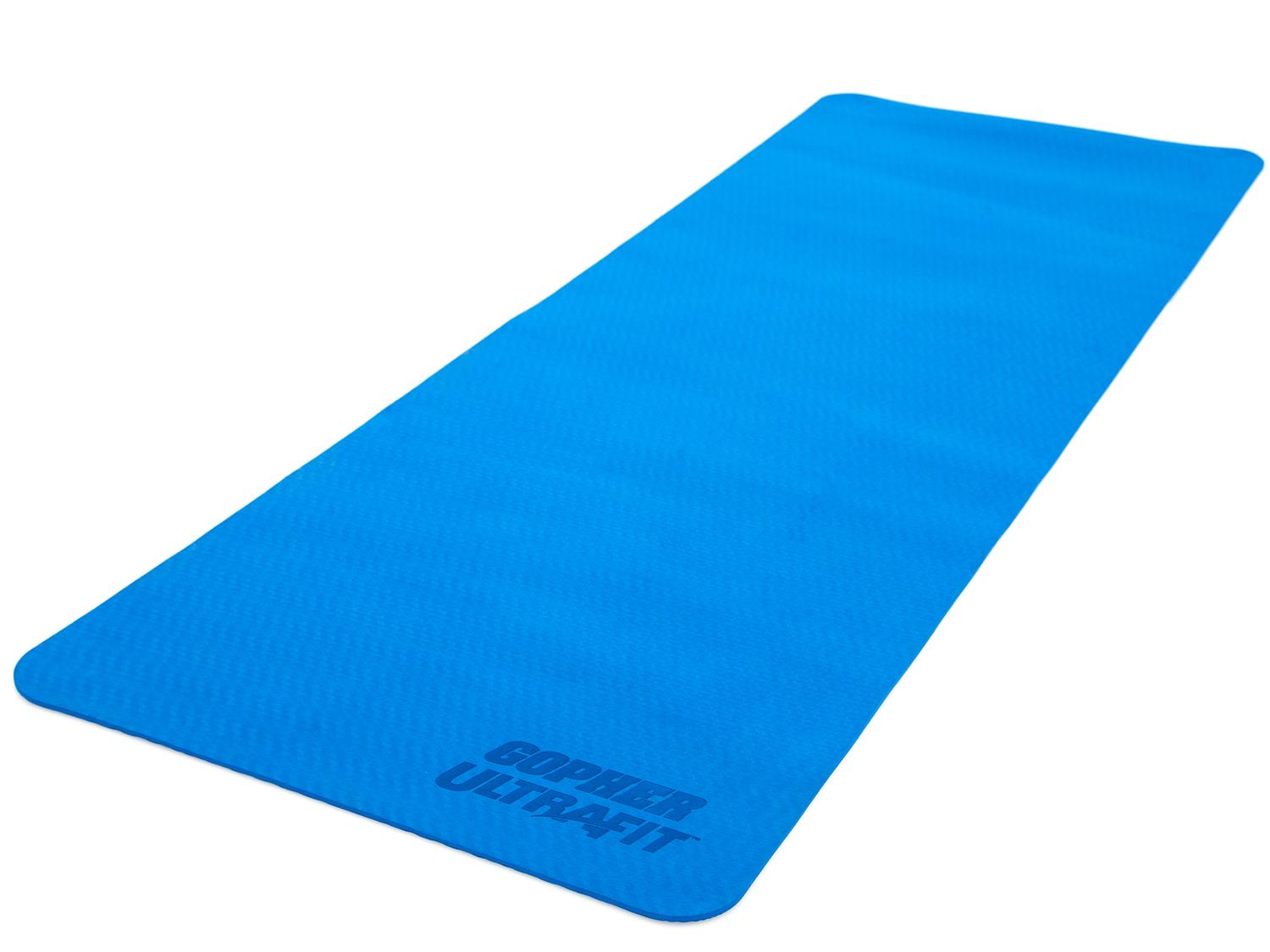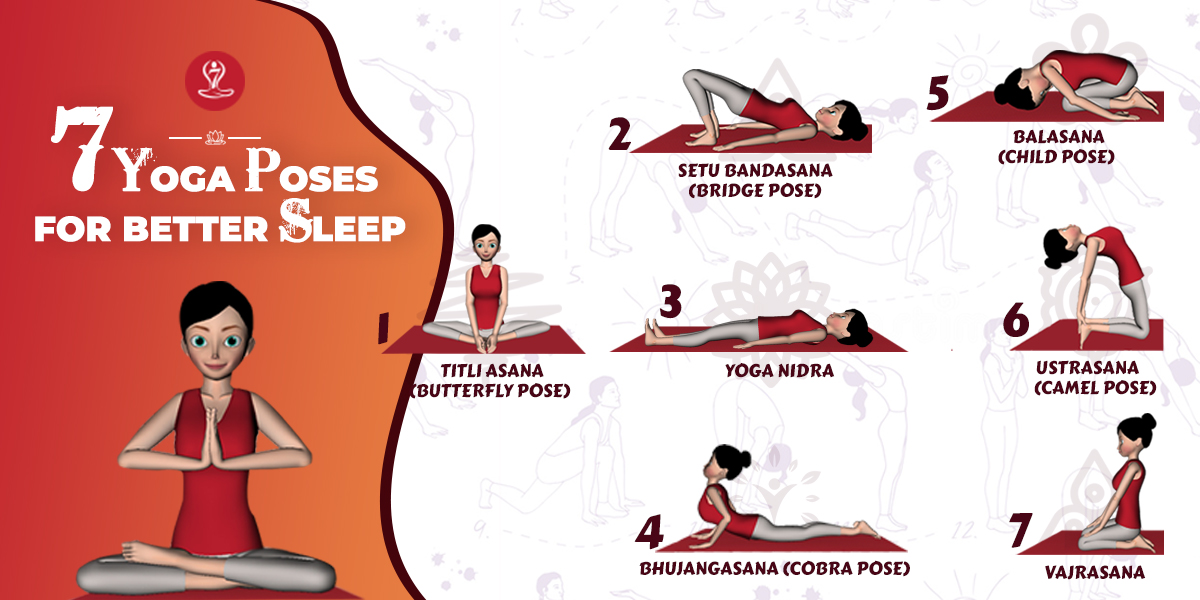
Your mind is responsible for organizing, thinking, and making sense of the world. Sometimes, this can cause you to lose sight of the world around you. This information is brought to life through yoga. It teaches us to be present and to not overthink things. We become more aware of the world around us and are better able to process it. Yoga practice increases our awareness.
Iyengar yoga
If you are looking for a new yoga class, you may want to consider Iyengar yoga. This style is progressive, practical, and accessible. This style can be used by everyone, from beginners to experts. People who are injured may find this style helpful, since it focuses only on correct alignment. The practice is designed to increase strength, flexibility, sensitivity, and awareness. Here are some of the benefits.
Kripalu Yoga
The Kripalu Center for Yoga & Health in Stockbridge, Massachusetts offers a retreat for health. The 160,000-square-foot facility, which was constructed in 1957 in an ex-Jesuit juniorate seminary and novitiate, is approximately 160,000 square feet. The retreat center's goal is to promote yoga and improve people's health. This center has been in existence for more than 50 years, and thousands of people have been trained by it to be happier and healthier.
Kundalini yoga
Kundalini Yoga practice requires that you pay attention to the mind. The Kundalini Yoga system is composed of three minds. They are Negative, Positive and Pranic. Each mind performs a different function. The positive mind seeks to protect you while the negative mind looks for danger. You can use your positive mind to your benefit and help you build meaningful relationships.

Patanjali yoga
Patanjali Yoga of Mind presents a systematic approach for spiritual practice that places emphasis on the direct realization of The Ultimate Truth. Patanjali's yoga centers on the mind, which is the primary tool used by the aspirant. The mind, which is the field of searching, allows one to live a meaningful and fulfilling life. A systematic approach to yoga is recommended. Below are some essential aspects of Patanjali Yoga of Mind.
Jnana yoga
Jnana Yoga simply means the transformation of intellectual knowledge to practical wisdom. Even though it sounds abstract, Jnana Yoga is based in the idea of illuminating knowledge derived from meditative consciousness. This practice goes beyond the conventional way of seeking answers to timeless questions. This yoga aims to bring about a complete transformation through self-enquiry. It also integrates other yogic paths. Jnana Yoga is ultimately a way to achieve a higher state consciousness and the attainment of the yogic qualities selflessness and love of God as well as the strength and endurance of the body and mind.
Kriya yoga
In a simple and straightforward manner, a yogi performs a natural process consciously or unconsciously. He or she uses a technique to magnetize cells, saturating them with light and keeping them so. This technique prevents the yoga guru from falling into unconsciousness or sub-conscious sleep. As a result, the yogi can be as productive as they like in the world.
Samadhi
To attain Samadhi (the yoga of mind), one must train the mind not to wander. One can focus on a mantra and pray, but if one's mind starts to wander, it will contact a variety o objects. This is called distraction. Soon, you will experience samadhi or deep, sustained concentration. But this does not happen overnight. There are several key steps you can take to reach Samadhi.

Practicing with the mind
Yoga isn't just about physical poses. Yoga is a practice that helps you to be present in the moment. It helps keep the mind still, just like yoga. It helps to calm the mind and allows for energy to flow freely. This is important when you are stressed or in stressful situations. It is also useful when practicing yoga with the mind to help us stay present in the moment, rather than thinking about the next thing we'll do.
FAQ
How many times per week do I need to exercise?
It all depends on how much time and what kind of exercise you like. A general guideline would be moderate-intensity aerobic exercise 3 - 5 days a week. You shouldn't do too much. For maximum results, consistent exercise is key to getting the most out of your workouts.
Which exercises are best suited for me?
It really depends on what kind of fitness goals you have. Some people prefer endurance sports like swimming, cycling, or running. Others enjoy lifting weights or using resistance bands. There are many types and styles of exercise available today. Find the best option for you.
Is it true?
Protein is essential for healthy bones and tissue. However, too much protein can result in calcium excretion through the urine. This can cause kidney stones.
It is important to remember that not all people get kidney stones from eating more than 2g protein per kilogram (2.2lbs) of body weight. It is possible to eat high levels of protein without developing kidney stones.
By being careful with your sodium intake, you can prevent kidney stones. Sodium regulates the body's water balance. Too much sodium can cause kidney stones.
If you have kidney stones, you can reduce your intake of protein. The majority of adults need protein for half their daily caloric needs. You'll lose weight if you reduce your intake of protein.
If you do decide to eat more protein, don't go overboard. Aim for less than 20% of total calories from protein.
How fast can I transform myself?
Your mindset must be changed. The first step is to decide to change.
Once you've decided to make a change, you must commit to working on your fitness for at least three months.
Then you need to find a program that fits into your lifestyle.
You also need to set realistic expectations. If you are unwilling to put in the time and effort necessary to achieve your goal, don't waste your money on a gym membership.
Instead, spend your free time exercising outdoors.
You can lose 1 lb if you walk around the block for one hour each day.
Now that you are clear about what you want to do, plan how you will organise your life around this plan.
This includes making sure that you schedule a time to work out every morning before leaving for work and take breaks throughout the day to move.
Reward yourself for reaching milestones. You could buy accessories or clothes that reflect your achievements.
Can I go to the gym seven days a week?
Yes, you can go to the gym seven days a week but not all at once. It is important to find a time and place where you can exercise without feeling tired or exhausted.
This will help keep you motivated and give you energy for other activities.
Also, ensure you eat healthy during these times. This will ensure you don’t feel tired and sluggish going to the gym.
And lastly, you need to ensure that there isn't anything else competing for your time. It is possible to skip exercising on school nights if your children are involved.
How many calories per day should I consume?
This can vary from person to person. The average is 2000 - 2500 calories per day. It's important to assess your life style, gender, age and height in order to determine how much calories you need.
Statistics
- Get free shipping and 25% off today. (healthline.com)
- 10 pounds in a month is likely during a lean bulking phase, especially for beginners. (muscleandstrength.com)
- Cardmembers earn 5% Back at Amazon.com with a Prime Credit Card. (amazon.com)
- According to the American Academy of Dermatology (AAD), men over 50 are at a heightened risk of developing it. (healthline.com)
- According to the American Heart Association, blood pressure should be checked at least once every two years, beginning at age 20. (my.clevelandclinic.org)
External Links
How To
How can a man get fit in 30 days?
Breaking down your fitness goals into manageable steps is the best way to reach your goals.
You need to make sure you are working towards the goal each day. This could be as simple as doing 10 pushups and running for 3km.
Consistently doing this will lead to positive results.
Consistency is the key here. You must keep going until you succeed.
What's the difference between Aerobic Fitness & Anaerobic Fitness, and how can you tell?
Anaerobic fitness refers to the ability of our bodies to perform intense physical work without oxygen. Anaerobic pathways are used when there is intense exercise to provide sufficient energy. Anaerobic pathways include glycolysis (creatine phosphate), the phosphagen and lactic acid.
Contrary to that, aerobic fitness is the ability to sustain low-intensity exercises for a long time. Aerobic exercise is a form of aerobic exercise in which oxygen is the primary fuel source for the cells. The aerobic pathway is more efficient than the anaerobic.
To run a marathon you need to first increase your aerobic capacity. If you only focus on building up your anaerobic capacity, you won't be able to finish the race.
Aerobic fitness can also be called cardiovascular fitness. The most common methods of determining cardiovascular fitness are step tests and VO2max testing.
VO2 Max Testing
VO2max is the maximum oxygen (O2) that your body can use while exercising. This test measures the amount of O2 the body can utilize while exercising.
This test can measure your cardiovascular fitness accurately. However, it requires expensive equipment and highly trained professionals to administer the test.
Step Tests
Step tests can be used to assess cardiovascular fitness. They are easy and effective. These are based on your weight and age, they require you to run or walk on a track.
These tests can be conducted almost anywhere and are cheap, simple, and easy. You can, for example, walk for 2 minutes on a treadmill, then rest for 1 min, then repeat the process for 20 minutes. Then, stop. You should maintain a constant heart rate throughout the session.
This is the "Bruce Protocol". Bruce was himself a runner and developed the protocol after realizing his heart rate wouldn't increase when he ran for longer distances.